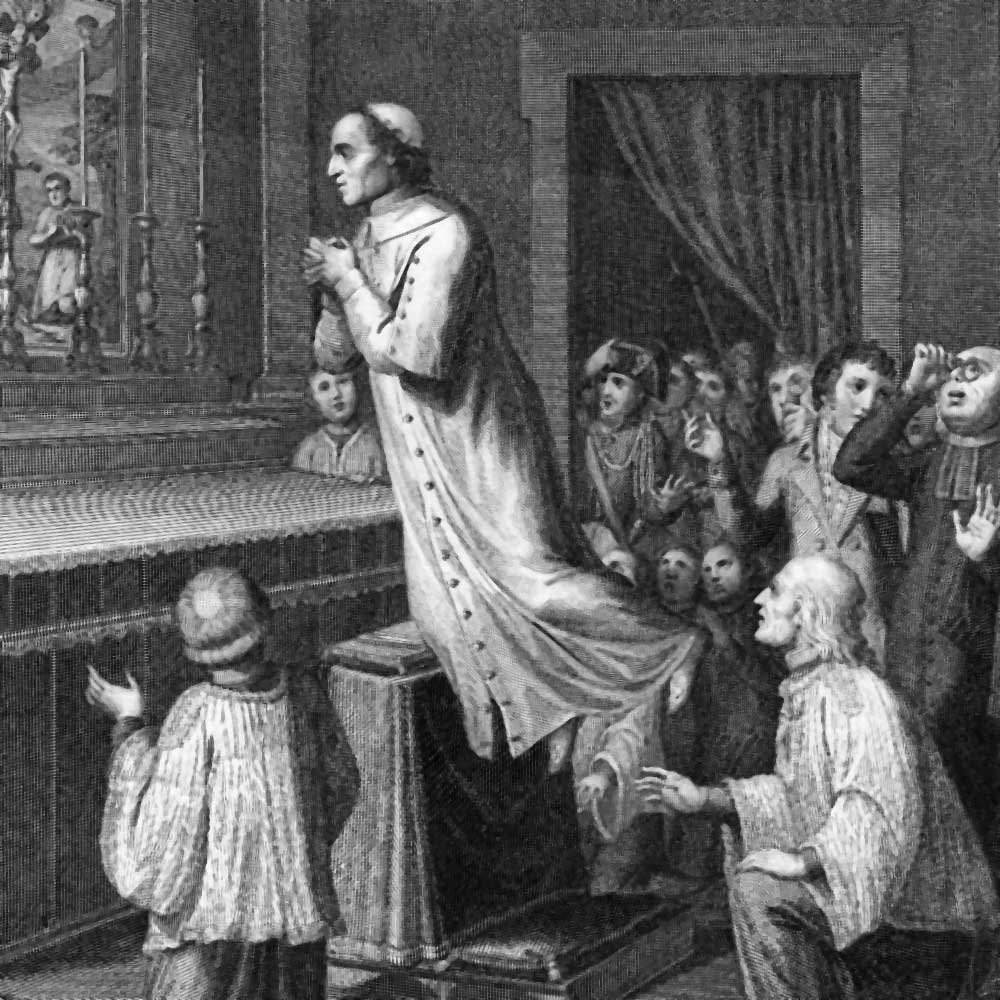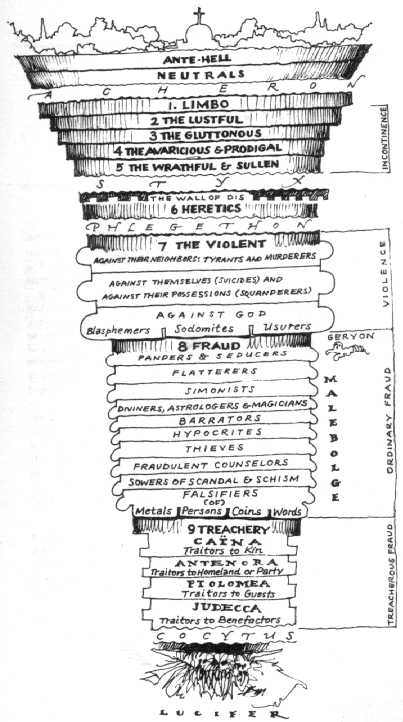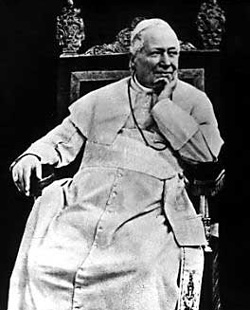 The Pope said that, in order to understand the signs of the times, a Christian must think not only with his head, but also with his heart and spirit. Otherwise, he cannot understand the “way of God in history”: “In the Gospel, Jesus does not become angry, but pretends to when the disciples do not understand him. At Emmaus he says: ‘How foolish and slow of heart’. ‘How foolish and slow of heart’… He who does not understand the things of God is such a person.
The Pope said that, in order to understand the signs of the times, a Christian must think not only with his head, but also with his heart and spirit. Otherwise, he cannot understand the “way of God in history”: “In the Gospel, Jesus does not become angry, but pretends to when the disciples do not understand him. At Emmaus he says: ‘How foolish and slow of heart’. ‘How foolish and slow of heart’… He who does not understand the things of God is such a person. The Lord wants us to understand what happens, what happens in my heart, what happens in my life, what happens in the world, in history… What is the meaning of what is happening now? These are the signs of the times! On the other hand, the spirit of the world gives us other propositions, because the spirit of the world does not want a community: it wants a mob, thoughtless, without freedom.”
While the spirit of the world wants us to take a “restricted path,” Saint Paul warns that the “spirit of the world treats us as thought we lack the ability to think for ourselves; it treats us like people who are not free”: “Restricted thought, equal thought, weak thought, a thought so widespread. The spirit of the world does not want us to ask ourselves before God: ‘But why, why this other, why did this happen?’. Or it also offers a prêt-à-porter [‘ready to wear’] way of thinking, according to personal taste: ‘I think as I like!’. This is okay, they say…. But what the spirit of the world does not want is what Jesus asks of us: free thought, the thought of a man and a women who are part of the people of God, and salvation is exactly this! Think of the prophets… ‘You were not my people, now I say my people’: so says the Lord. And this is salvation: to make us people, God’s people, to have freedom.” Pope Francis added that Jesus asks us “to think freely… in order to understand what happens.” The truth is that “we are not alone! We need the Lord’s help”. We need to “understand the signs of the times”: the Holy Spirit, he said, “gives us this present, a gift: the intelligence to understand”: "What path does the Lord want? Always with the spirit of intelligence with which to understand the signs of the times. It is beautiful to ask the Lord for this grace, who sends us this spirit of intelligence, in order that we avoid weak thought, we do not have a restricted thought and we do not have a thought according to personal preference: we only have a thought according to God. With this thought, which is a thought of the mind, of heart, and of soul. With this thought, which is the gift of the Spirit, [we] look for the meaning of things, and to understand the signs of the time well."
Link (here) to The Vatican Radio





















